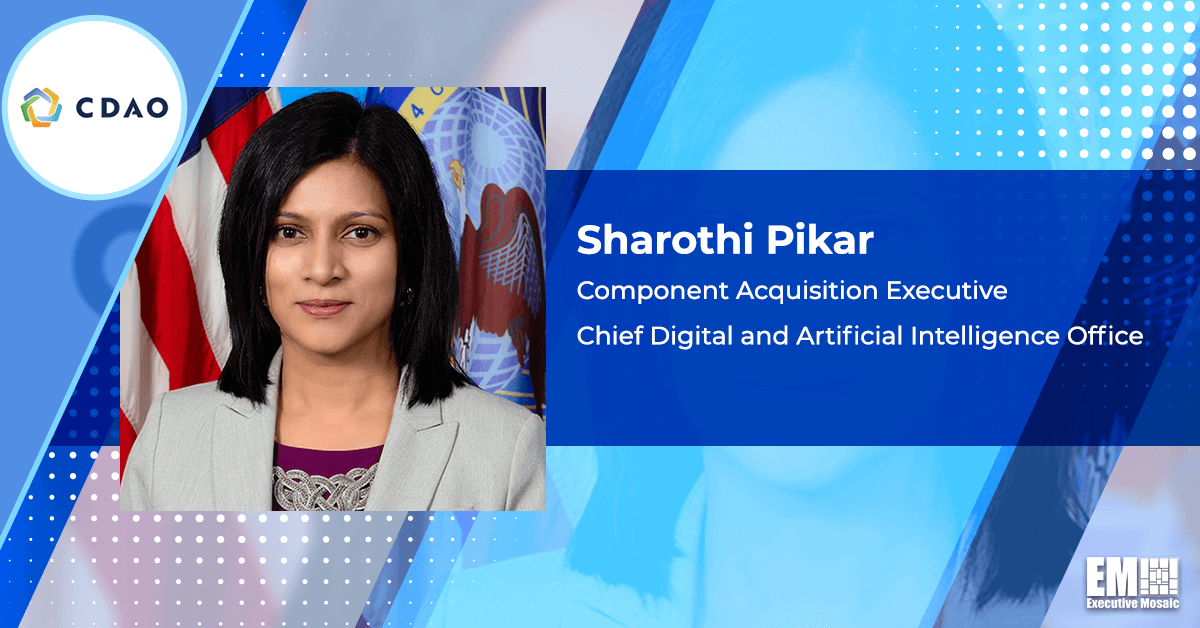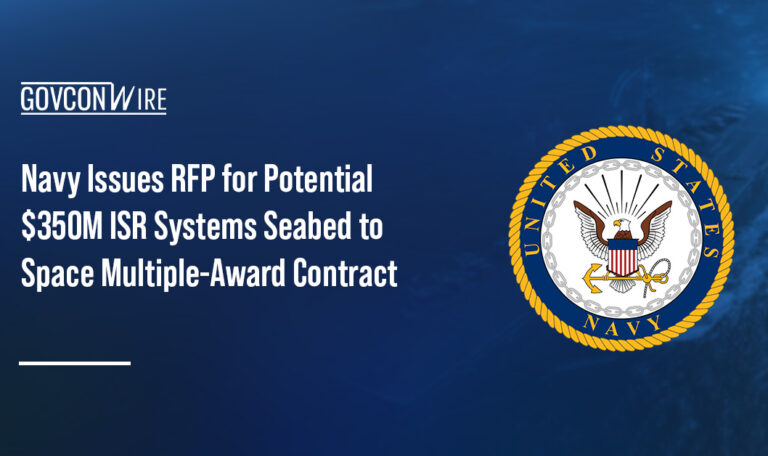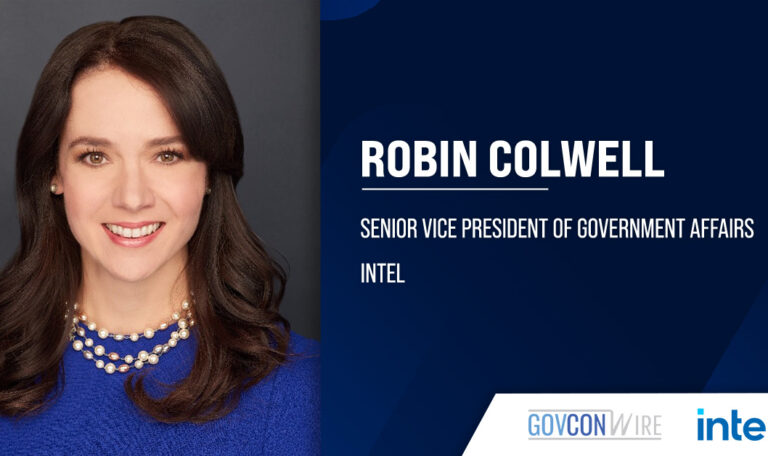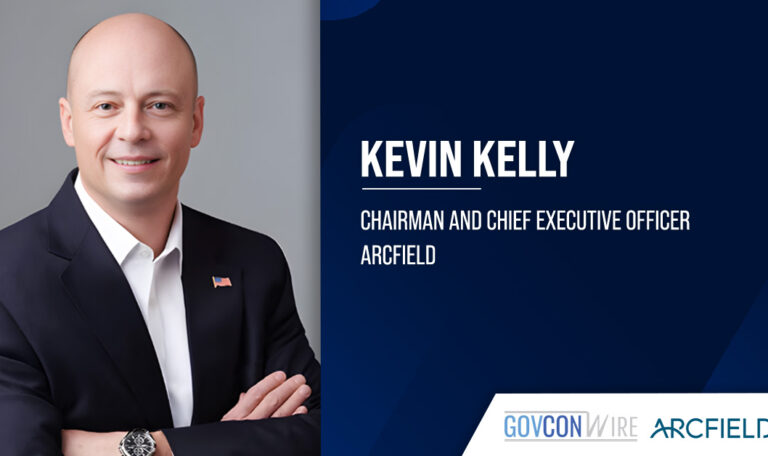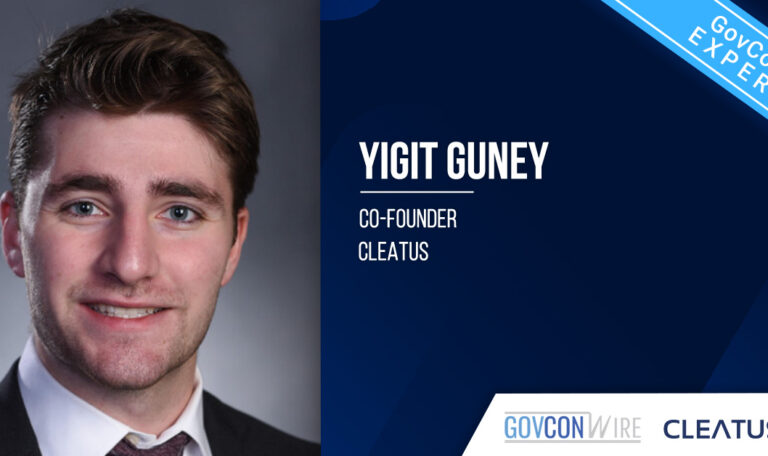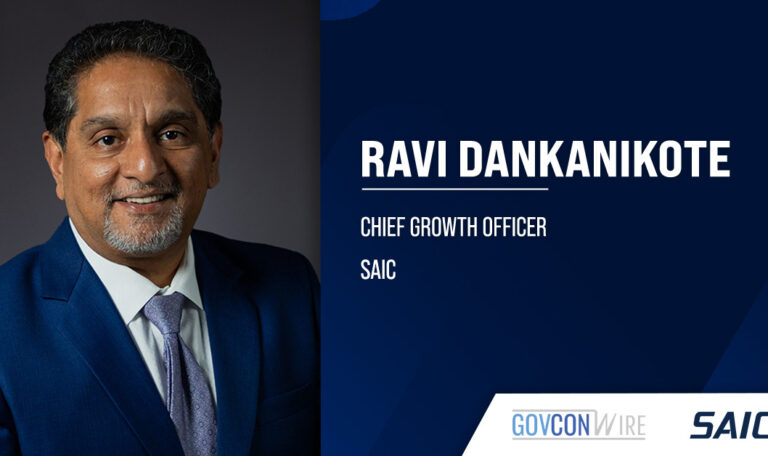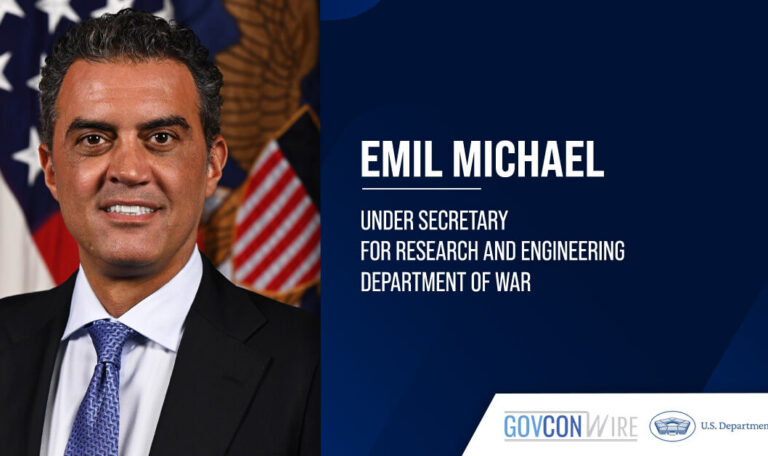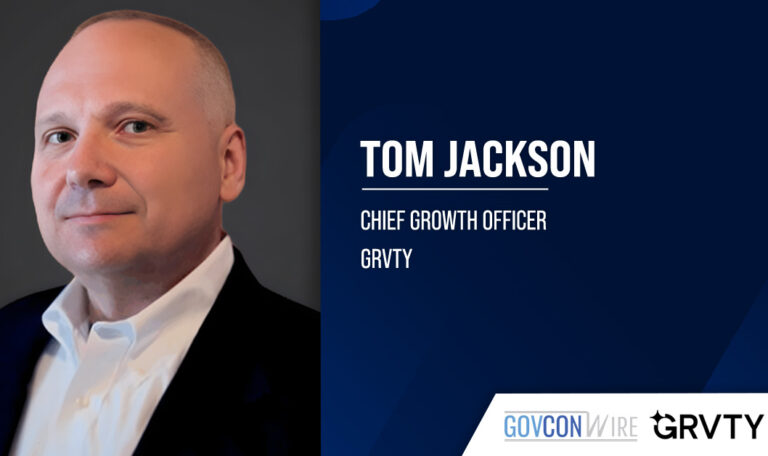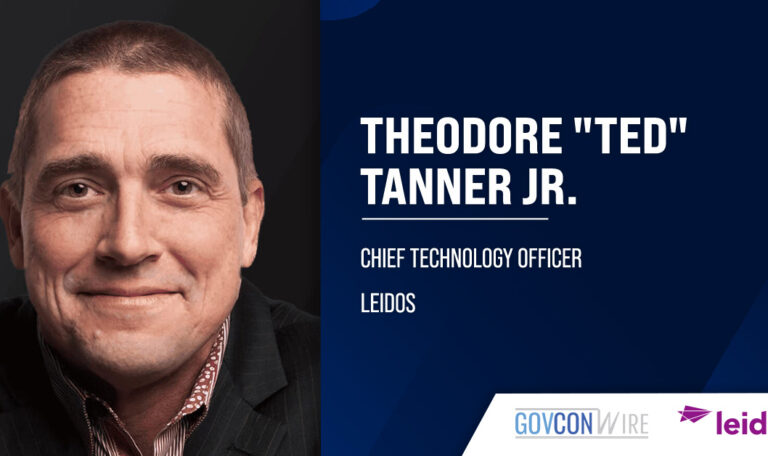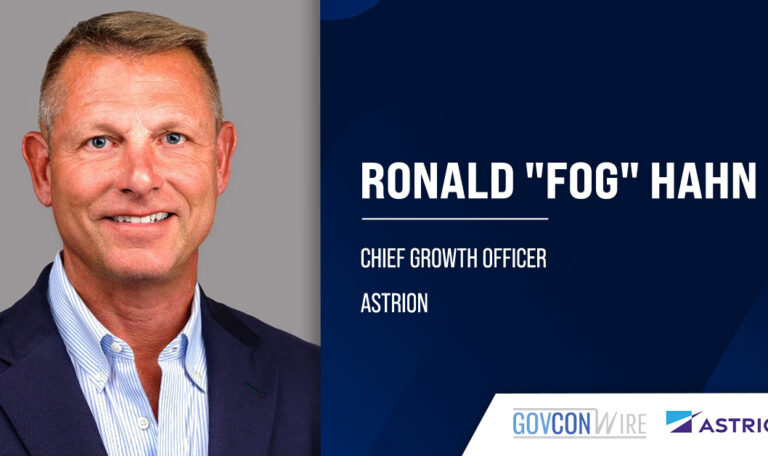Established in February through the combination of separate, active organizations, the Chief Digital and Artificial Intelligence Office was formed on the basis that isolated tools and gadgets cannot alone solve the Department of Defense’s greatest challenges.
“It’s not technology, it’s not always necessarily even the capability, but it’s the integration of those capabilities that we have to operationalize so the department can make better decisions,” shared Sharothi Pikar, a 21-year DOD veteran currently serving as component acquisition executive at the CDAO.
Addressing an audience of government contracting professionals at the Potomac Officers Club’s Defense Technology Summit: FY2023 Budget and Priorities on Monday, Pikar went on to underline that the synergization of strategies and developed tools enabled by the CDAO’s formation is intended to lead to strengthened decision advantage for the DOD. They will do this in the coming year by harnessing a budget of approximately $602 million, Pikar reported.
The formerly siloed entities that comprise the CDAO are the Joint Artificial Intelligence Center, the Chief Data Officer, enterprise analytics platform Advana and Defense Digital Services. During her midday keynote address at the summit, Pikar shed light on the fact that it was the notion of combatting adversaries such as China and Russia — the latter particularly in the attack against Ukraine — that motivated the DOD to effectively integrate the organizations.
“It was clear to [Deputy Chief Digital and AI Officer Margie Palmieri] that we needed to focus and centralize all these different critical efforts under one umbrella, so we can bring all of our power and talent together and focus on solving some of the problems,” Pikar explained.
Due to the ever-evolving nature of the technologies the CDAO is dealing with, a reliance on a stable or “enduring” architecture is difficult and maybe even impossible, Pikar noted. Capabilities are bound to change and phase in and out, but honing a well-defined mission based on a united set of cooperative forces is key to the agency’s success.
During her speech, Pikar cited Craig Martel, the inaugural DOD chief digital and AI officer, as a proponent of the idea that AI takes a “back seat” to data and stresses the validity of data centrality. She said that among the agency head’s biggest priorities is “to make sure that the [DOD] has data quality…to make sure the data is visible, accessible, is linked, is trustworthy, is interoperable and is secure.”
Pikar even went so far as to suggest that Martel claims “AI is really a marketing term” and that AI as it is traditionally conceived will not be a significant contributor to emboldening decision advantage “anytime soon.” The actual focus in practice, Martel asserts via Pikar, is on “very mature” capabilities like machine learning and natural language processing.
The keynote speaker did, however, point to promoting AI literacy within the DOD and elsewhere as a goal of the CDAO. She also revealed that Martel has made clear that mounting projects that impact the public good are a necessity for a well-rounded portfolio. As is, according to Pikar, maintaining and deepening a sense of responsible AI usage that bears ethics in mind within the agency’s various activities.
With less than one year under the organization’s belt, Pikar said that the CDAO’s team is still exploring what it will mean to leave a lasting legacy.
Pikar posited: “Ultimately, I think we’ll be successful not only by delivering ad hoc things here and there that are great, but [looking toward] how do we transform the department and how do we transform the culture?”


